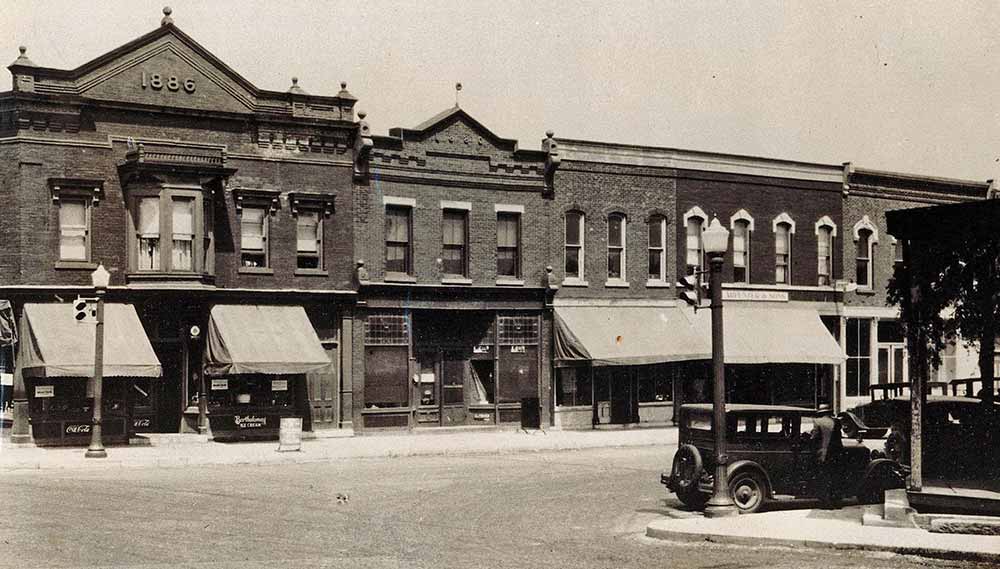About
A BRIEF HISTORY OF THE VILLAGE
The Village of Bergen is located in the east-central section of the Town of Bergen which is in the northeast corner of the County of Genesee, State of New York. The Town of Bergen was part of the Triangle Tract and the 100,000 Acre Tract or the Connecticut Tract in the Morris Reserve. It was also part of the towns of Northampton and Murray. In 1813 Bergen was erected from the town of Murray. Byron was part of Bergen until 1820.
Early Settlement
The Bergen area was opened up in 1801 when a road was hacked through the thick "Northwoods" from LeRoy to Lake Ontario.
A colony of 60 families from the State of Connecticut settled the area from Fort Hill to Black Creek from 1805-1810. The first store was a mile south of Route 33 on Route 19 on the east side of the road. The first group of stores was located from the intersection of Lake Rd. (Rt. 19) and Route 262 to the intersection of Rt. 19 and the Scottsville Road (Rt.33A). This area was called Buell's Corner, later Bergen Corners or High Bergen.
The Village as We Know It
After the railroad came through in 1836 an area was laid out around the intersection of Lake Road (Route 19) and the railroad for businesses and houses. It was called Wardville after the Levi Ward family who laid it out. It was also called Cork, after the Irish who settled there while and after the building of the railroad, and Lower Bergen.
The two areas were soon connected by residences and churches. This area, along with the surrounding residences was incorporated in 1877 as the Village of Bergen.
Destruction and Rebirth
Fire destroyed the business area around the railroad tracks in 1866 and again in 1880. The Village Board passed an ordinance requiring that all structures in this area should be built of brick or stone or wrought iron. Due to the building material and better fire fighting equipment, another in 1906 destroyed only some of the buildings on the west side of the street. A fire in 1932 leveled some of the buildings on the east side of the street. Since then fires in individual buildings have caused some alteration of the facade of the buildings.
National Register
The west side of the district south of the railroad is on the National Register of Historic Places thanks to its 1880 wrought iron store fronts, transom windows and probably, also, because of the famous family who founded "Wardville". Some of the family went on from Bergen to the Rochester area and were also primary developers of that area.



